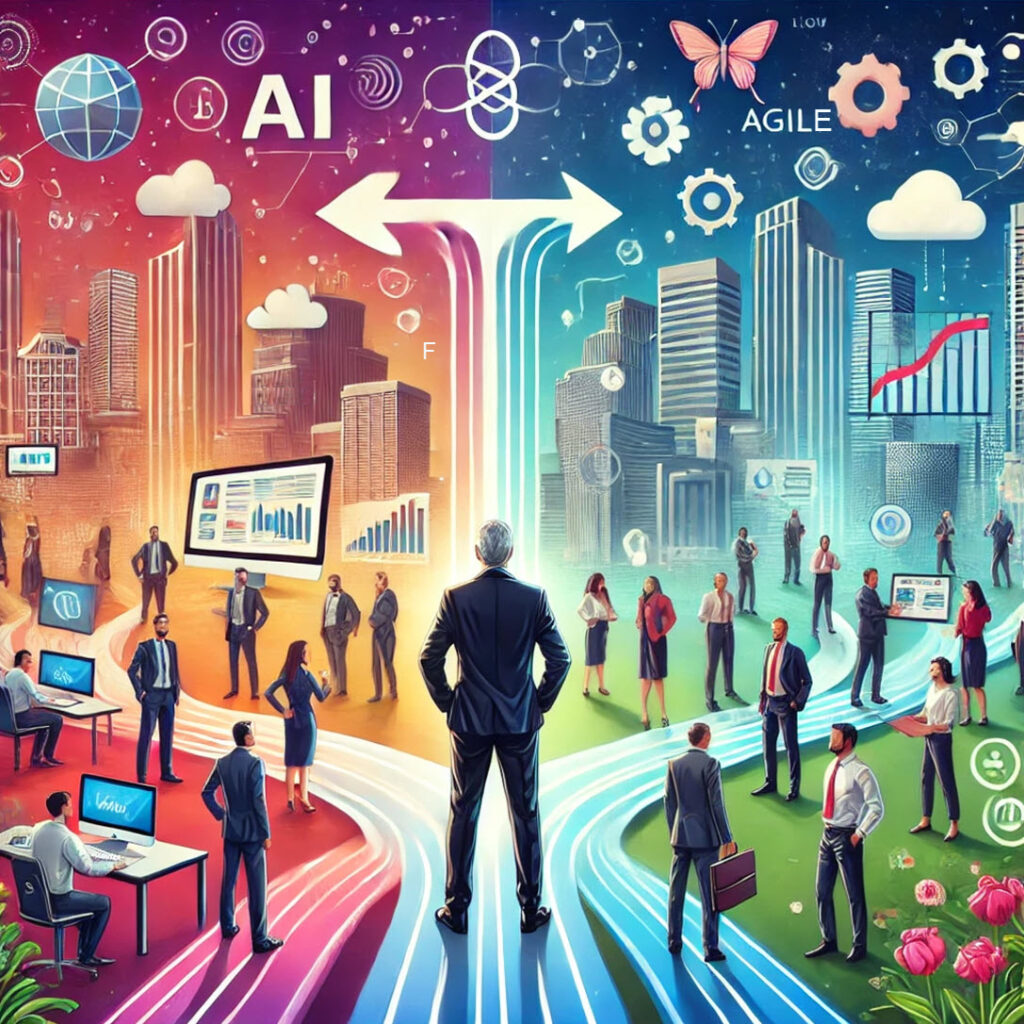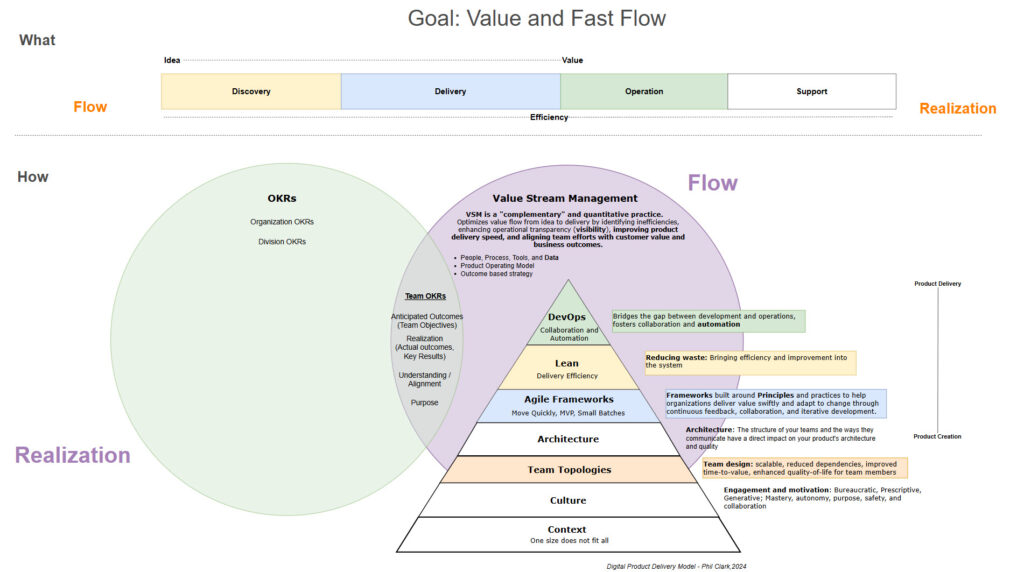3 min read

From Code to Impact: A Leadership Series on Linking Software to Business Success
In late 2024, a 360-degree leadership assessment brought candid feedback from an executive peer outside the tech sphere that hit hard: “Focus more on driving business results.” After years of leading digital transformation—scaling our organization from $10 million to $110 million in revenue through changes in culture, team design, architecture, and modern practices like Agile, DevOps, and VSM—it became clear that we hadn’t effectively articulated how our technology initiatives contributed to the company’s bottom line. This series is my response—a thoughtful exploration of aligning engineering efforts with measurable outcomes and turning technology into a powerful engine for business success.
My goal is to change how organizations view technology investments by showing a clear connection between our work and business or customer outcomes. In this three-part series, I draw from 25 years of experience in software engineering and technology leadership, where I’ve often seen technology labeled as just a cost center. These articles aim to provide practical insights and strategies to shift this perspective, highlighting how technology can drive innovation, growth, and customer satisfaction. By adopting modern practices, a product-driven operating model, and data-driven insights, we can create engaged teams that act as business partners rather than cost centers, delivering value more effectively.
This series is for technology leaders, Product Managers, and anyone looking to align engineering with organizational goals. We’ll cover how to clearly show the value of technology, integrate outcomes into workflows, and connect technical work to business success.
This series offers a comprehensive guide to aligning software engineering with business success, balancing foundational concepts with leadership insights and practical steps for transformation. Each article can stand alone but builds on the others—starting with the basics of technology’s role in business, advancing to leadership strategies for driving outcomes and concluding with actionable steps to empower teams. The intentional overlap reinforces key ideas, while the progression delivers a cohesive, engaging narrative that equips readers to drive meaningful change.
Series Summaries
1. Engineering’s Business Value: From Black Box to Clarity
This foundational article addresses the challenge of linking engineering efforts to business outcomes. It introduces shifting to a product operating model and Value Stream Management (VSM) as frameworks to align technical work with strategic priorities. The emphasis is on defining clear, measurable outcomes to articulate the tangible value technology brings to the business.
Read More →
2. Transforming Engineering: From Cost Center to Strategic Partner
This article builds on the first article and delves into the evolution of engineering roles within organizations. It reflects on leadership experiences and the importance of balancing operational efficiency with value realization. The article discusses embedding outcomes into workflows and the necessity for technology leaders to communicate the value of technical investments in business terms.
Read More →
3. Breaking Free from the Build Trap: Delivering Meaningful Outcomes
The final article focuses on moving beyond a feature factory mindset by concentrating on outcomes rather than outputs. It highlights the pitfalls of the build trap and underscores the value of starting with outcomes, fostering accountability, and ensuring successful delivery. The piece challenges technology leaders and teams to adopt a mindset centered on meaningful outcomes that drive engagement and impactful business results.
Read More →
This series encourages you to rethink your approach and join me in this transformation journey. Feel free to share your thoughts, experiences, or perspectives. I’m always up for a great conversation!


